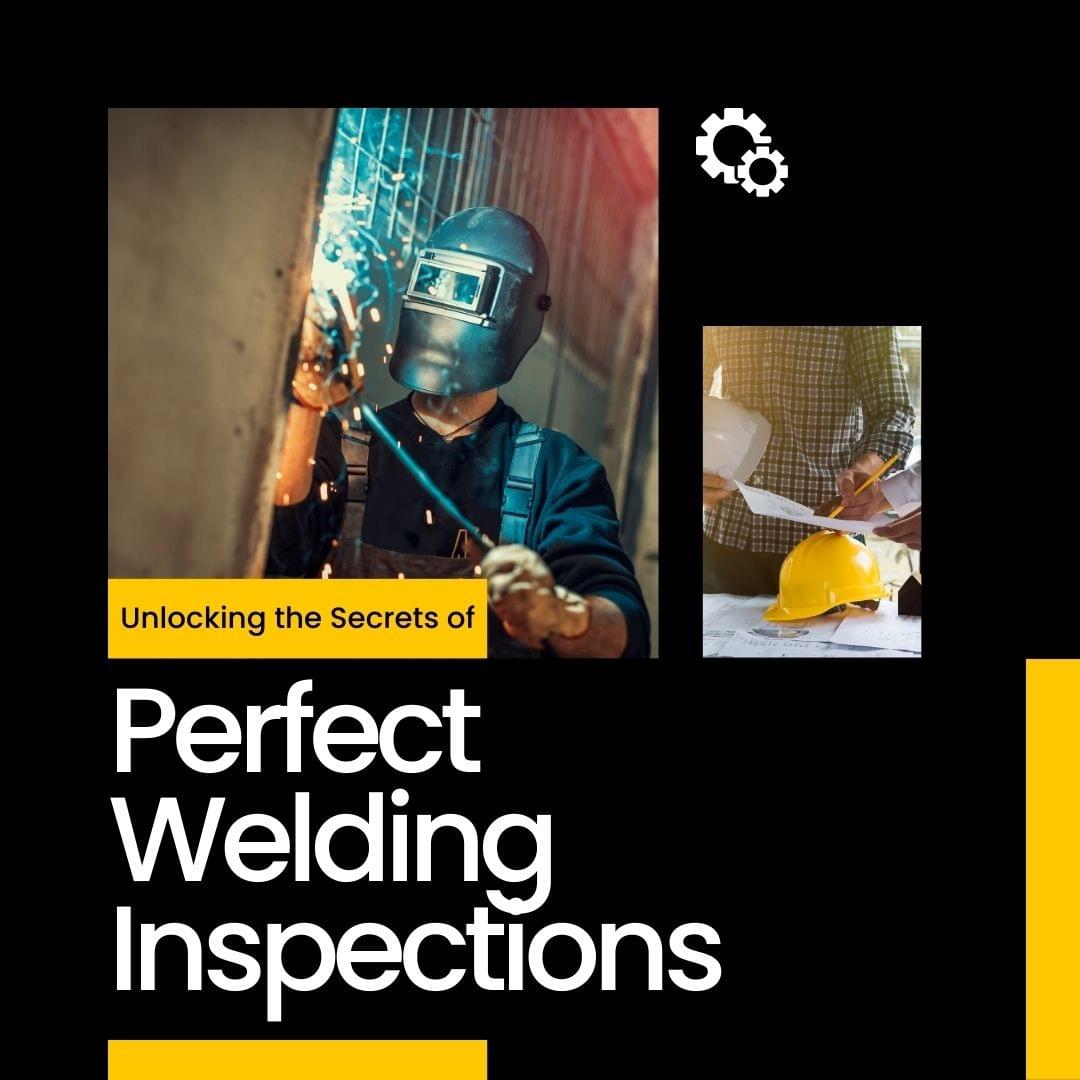
Perfect welding inspections are not just about ensuring compliance; they are about unlocking the secrets to achieving flawless welds that meet the highest standards of quality, integrity, and safety. While many welders may view inspections as a mundane task, they hold the key to uncovering hidden truths and identifying areas for improvement in the welding process. Here's how you can unlock the secrets of perfect welding inspections:
1. Comprehensive Training and Certification:
To become proficient in welding inspections, it's essential to undergo comprehensive training and obtain relevant certifications. Weld inspection certification exams cover a wide range of topics, including welding processes, metallurgy, defect identification, and inspection techniques. By investing in proper training and certification, inspectors can develop the knowledge and skills needed to conduct thorough and accurate
inspections.
2. Understanding Welding Standards and Codes:
Welding standards and codes provide the framework for ensuring quality and consistency in welded structures and components. Inspectors must have a deep understanding of relevant standards such as ASME, AWS, and ISO to effectively evaluate welds and determine compliance. By familiarizing themselves with these standards, inspectors can ensure that welds meet industry-specific requirements and specifications.
3. Utilizing Advanced Inspection Techniques:
While visual inspection is an essential part of the process, it's often not enough to detect hidden defects oranomalies in welds. Advanced inspection techniques such as ultrasonic testing, radiographic testing, and magnetic particle inspection can provide deeper insights into weld quality and integrity. By employing these techniques alongside visual inspection, inspectors can uncover hidden flaws and ensure that welds meet the highest standards of quality.
4. Paying Attention to Detail:
Perfect welding inspections require meticulous attention to detail. Inspectors must carefully examine every aspect of the weld, including weld bead profile, penetration, discontinuities, and surface condition. By paying close attention to detail and scrutinizing welds thoroughly, inspectors can identify even the smallest imperfections and take corrective actions as needed.
5. Collaboration and Communication:
Effective communication between inspectors, welders, and other stakeholders is essential for achieving perfect welding inspections. Inspectors must work closely with welders to address any issues or concerns identified during inspections and provide constructive feedback for improvement. By fostering a culture of collaboration and open communication, teams can work together to achieve superior weld quality and
ensure compliance with standards.
6. Continuous Learning and Improvement:
The field of welding inspection is constantly evolving, with new technologies, techniques, and best practices emerging all the time. Inspectors must commit to continuous learning and professional development to stay abreast of the latest advancements in the industry. By attending training seminars, workshops, and conferences, inspectors can expand their knowledge base, enhance their skills, and unlock new secrets to perfect welding inspections.
In conclusion, perfect welding inspections require a combination of training, expertise, advanced techniques, attention to detail, collaboration, and continuous learning. By mastering these elements and unlocking the secrets of welding inspection, inspectors can ensure that welds meet the highest standards of quality, integrity, and safety, ultimately contributing to the success and reliability of welded structures and components.